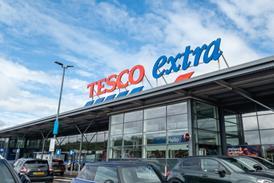This week in retail: Asda seeks to recover trade from core shoppers
By George MacDonald2016-05-13T15:33:00

Asda issues its quarterly update this week, with pressure on CEO Andy Clarke after performance had reached a “nadir” last year.
Already have an account? Sign in here

















